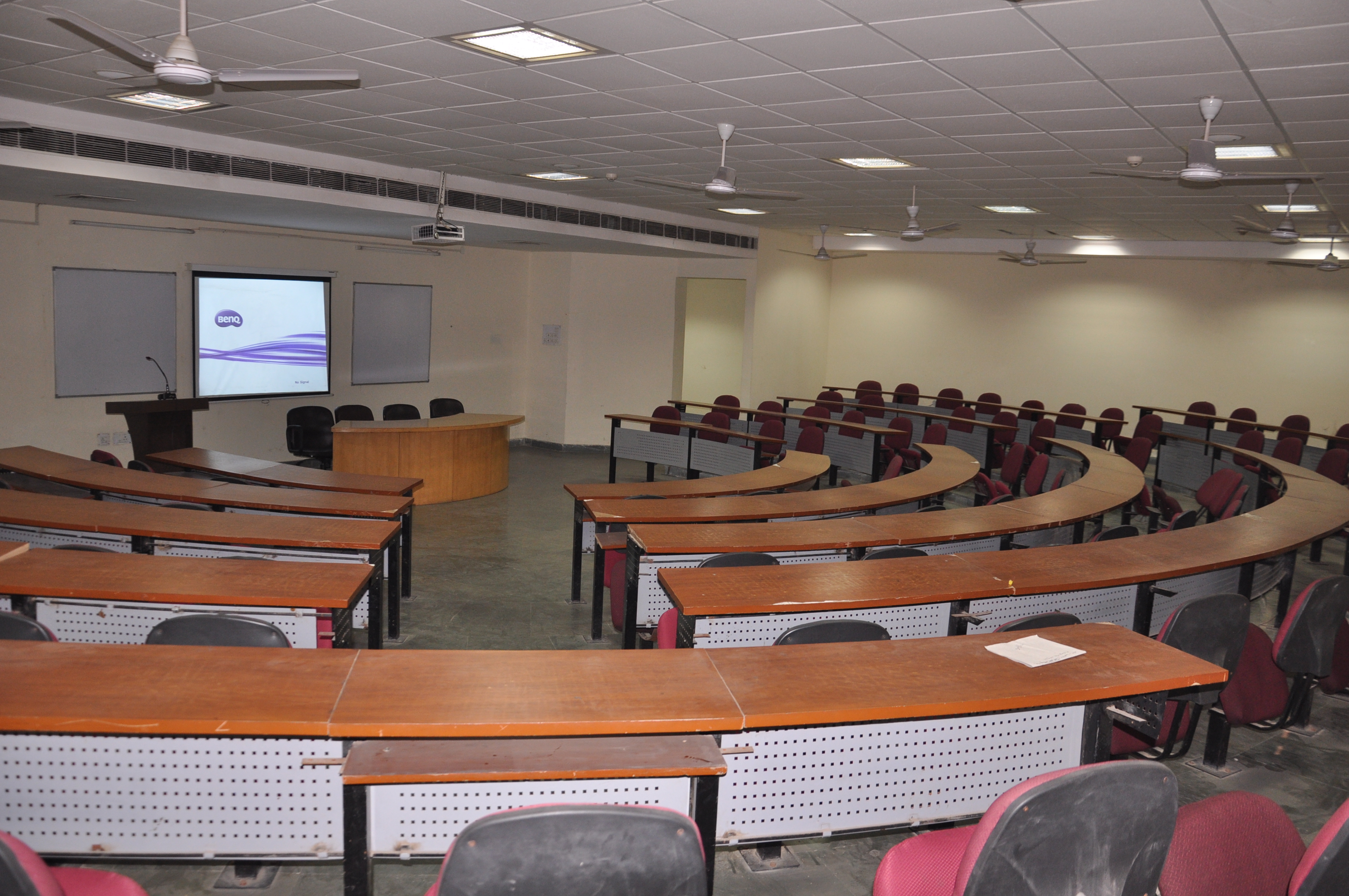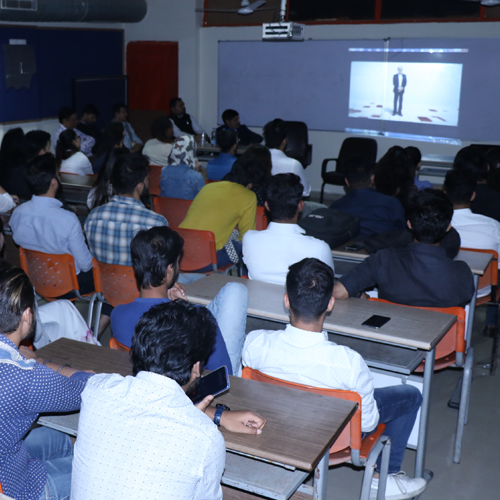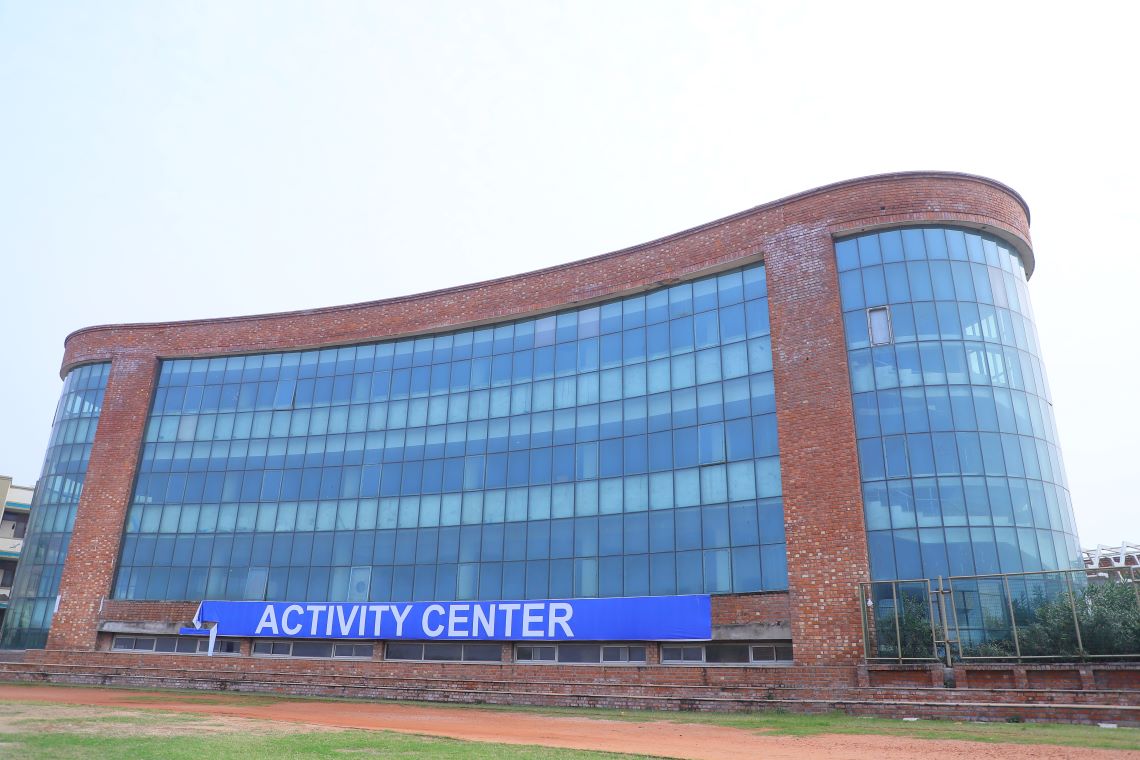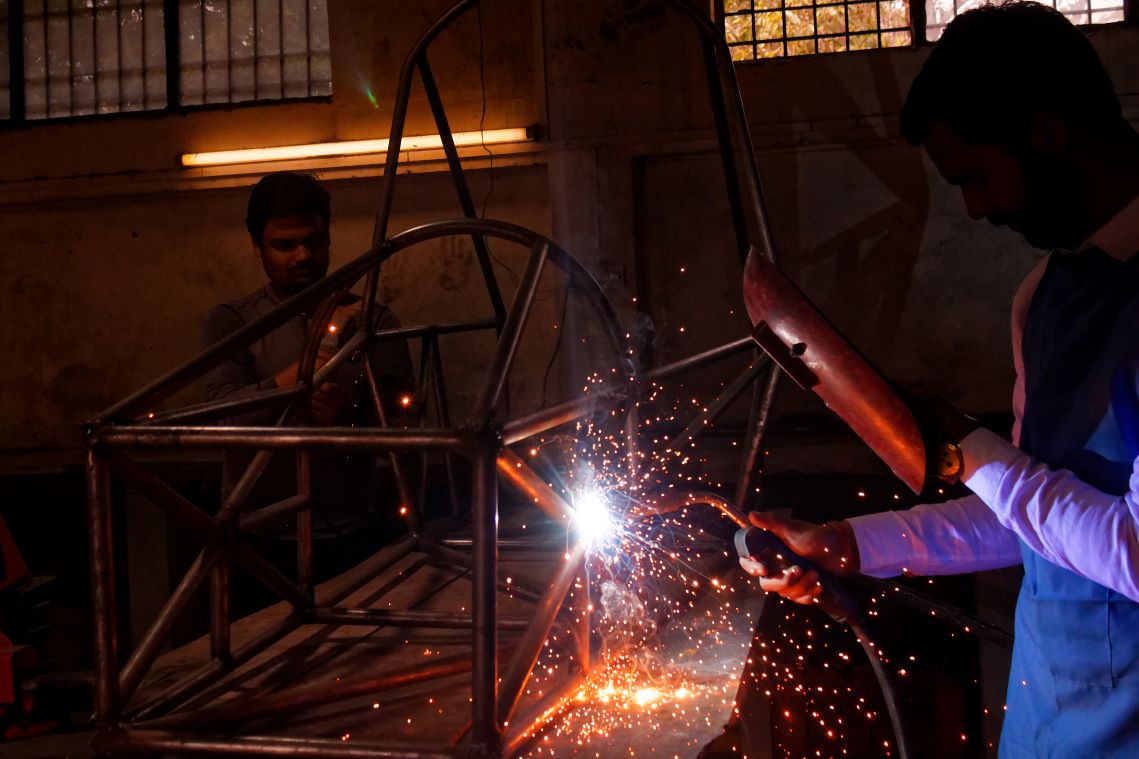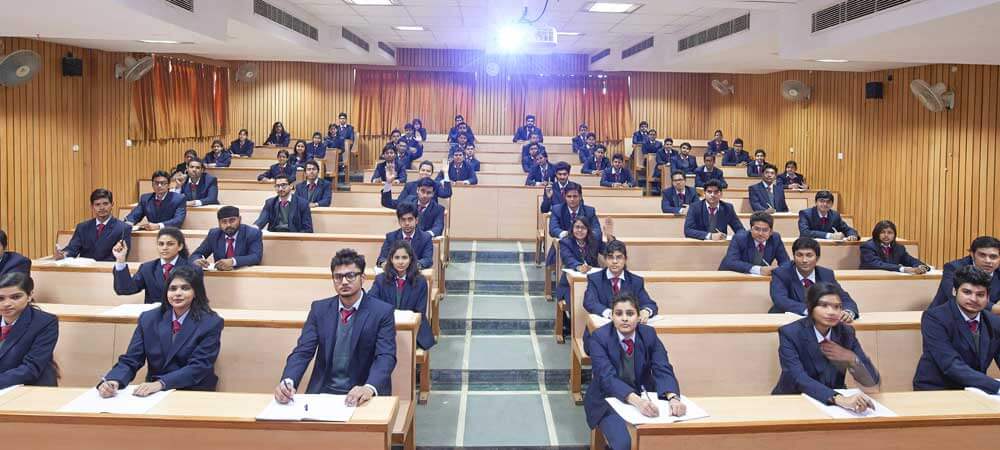Drone Technology
Drone Technology is one of the emerging Technologies and is expanding its wings into real applications like Medicine delivery, Postal delivery, Agriculture, Army and many more. Expecting a wide range of applications and opportunities in future, Drone Technology Lab was initiated to provide extensive training to the students in this domain to avail the opportunities in the upcoming future.
What are Drones?
Drones are unmanned aircraft capable of operating either autonomously or under the control of a remote human operator. Their functionality relies on a combination of electronic components and software algorithms to enable precise and efficient flight. In recent years, unmanned aerial vehicles (UAVs), commonly known as drones, have revolutionized various industries and significantly impacted our daily lives. From delivering packages to capturing stunning aerial visuals, drones have become essential tools in fields such as agriculture, construction, filmmaking, and surveying. The growing popularity of drones is largely due to their wide range of capabilities. They come in various shapes and sizes—from compact, handheld models to larger, more complex systems. Most drones are equipped with advanced technologies and components that enable them to perform specific tasks effectively.
Key components of a drone include motors, propellers, flight controllers, batteries, and remote control systems. The motors and propellers generate the thrust needed to lift and maneuver the drone, while the flight controller acts as the drones brain—processing input data and maintaining stable flight. The battery supplies power to all onboard systems, and the remote control unit allows users to direct the drones movements. Together, these components, supported by sophisticated software algorithms, enable drones to operate with precision and reliability.
How Does a Drone Work?
Drones operate through a seamless integration of hardware components and software algorithms. At the core of every drone is the flight controller, which acts as the brain of the system. It manages the drones movement, stability, and orientation during flight, while also distributing power to motors, propellers, and other onboard components.
Most drones generate lift using rotors and propellers. In multi-rotor drones like quadcopters, hexacopters, and octocopters, these rotors are arranged symmetrically to ensure balanced thrust and precise control. Once the motors receive power, they spin the propellers to create upward thrust, allowing the drone to lift off the ground. After takeoff, the flight controller monitors altitude, while GPS modules track the drones real-time position. This enables the operator to control the drones direction and movement with accuracy, either manually or via autonomous flight modes.
To ensure safe navigation, drones use advanced software algorithms to detect and avoid obstacles in real time. These systems analyze sensor input and adjust the drones path to prevent collisions. Communication systems are critical for drone operation, enabling remote control via a ground station or handheld transmitter. In some cases, drones are connected in a networked environment, allowing them to coordinate with other drones for collaborative missions or swarm operations.
Modern drones are also equipped with safety features such as:
- Return-to-home (RTH) functionality
- Automatic landing systems
- Fail-safe mechanisms to handle signal loss or low battery situations
Types of Drones
They come in various types, each type of drone tailored for specific applications and industries due to their unique capabilities and features. The main types include:
1. Fixed-Wing Drones
Fixed-wing drones resemble traditional airplanes with rigid wings that generate lift during forward motion. These drones are highly efficient for long-distance flights and can cover large areas with minimal energy consumption. They are widely used in aerial mapping, agricultural monitoring, and surveillance tasks.
2. Single-Rotor Drones
Single-rotor drones operate with one main rotor and a tail rotor for balance and control, similar to helicopters. While they offer greater endurance and payload capacity, they are less commonly used due to their higher cost and complex mechanical design.
3. Multi-Rotor Drones
Multi-rotor drones include configurations such as quadcopters (4 rotors), hexacopters (6 rotors), and octocopters (8 rotors). These drones feature multiple rotors arranged symmetrically, allowing for vertical takeoff and landing (VTOL) capabilities. Known for their maneuverability and stability, they are commonly used in aerial photography, videography, and infrastructure inspections. Quadcopter motors are specially engineered to deliver balanced thrust and control, ensuring smooth flight and precise handling.
4. Hybrid VTOL Drones
Hybrid VTOL (Vertical Take-Off and Landing) drones combine the capabilities of fixed-wing and multi-rotor drones. They can hover like a helicopter and fly forward like an airplane, making them ideal for long-range missions such as mapping, surveillance, and cargo delivery.
Specialized Drones by Function
- Photography Drones
Designed for professional and hobbyist photography, these drones are equipped with high-resolution cameras, GPS, autonomous flight modes, and obstacle avoidance systems.
Brushless gimbal motors ensure stable, jitter-free footage by compensating for movement during flight.
- Military Drones
Used by defense forces for reconnaissance, surveillance, and combat missions, military drones range from compact tactical models to large, weaponized UAVs. They are built for durability, stealth, and long endurance.
- Agricultural Drones
Agricultural drones assist in modern farming by performing tasks such as crop monitoring, spraying pesticides, mapping fields, and precision irrigation.
They are powered by brushless DC motors, offering high efficiency and reliable performance required for extended agricultural operations.
- Emergency Response Drones
These drones support disaster response teams, firefighters, and law enforcement by providing real-time visuals, delivering medical supplies, and carrying communication tools in critical situations. High-torque gimbal motors are used to stabilize cameras and sensors, ensuring clear imaging and accurate data collection during dynamic operations.
Applications of Drones
1. Aerial Photography and Videography
Drones equipped with high-resolution cameras are widely used to capture stunning aerial images and videos. They are extensively utilized in industries such as filmmaking, real estate, tourism, and journalism to produce professional-quality visual content.
These drones often use brushless motors for smooth, quiet, and efficient operation, enhancing performance and durability—essential for demanding creative applications.
2. Mapping and Surveying
Drones integrated with advanced sensors like LiDAR, photogrammetry cameras, and GPS are invaluable tools for creating detailed maps, 3D models, and topographic surveys. They are commonly used in urban planning, construction, and archaeology to capture accurate spatial data quickly and cost-effectively.
3. Agriculture
Agricultural drones assist in tasks such as crop monitoring, field mapping, pest detection, spraying, and precision irrigation. These drones help farmers increase productivity, reduce manual labor, and make informed decisions for better yield.
They often utilize Brushless DC (BLDC) motors, which deliver high efficiency, reliability, and the power required for sustained operations in challenging environments.
4. Search and Rescue
In emergency scenarios, drones equipped with thermal imaging cameras, GPS modules, and specialized sensors are used for search and rescue missions across disaster zones, forests, and urban landscapes. They provide real-time aerial views and situational awareness, supporting rescue teams in locating and assisting victims efficiently.
5. Delivery Services
Major companies like Amazon, UPS, and DHL are developing delivery drones to transport packages directly from warehouses to customers doorsteps. These drones aim to offer faster, cost-effective delivery solutions, especially in hard-to-reach or congested areas.
They are powered by high-capacity motors capable of carrying heavier payloads and maintaining stable flight over extended distances.
6. Security and Surveillance
Drones are increasingly used for security monitoring, surveillance, and crowd control at locations such as airports, stadiums, industrial sites, and public events. They support security personnel by providing real-time video feeds, enhancing situational awareness, and deterring unauthorized or suspicious activities.
Drones with Artificial Intelligence
The integration of AI significantly enhances drone capabilities by enabling real-time data processing, autonomous navigation, and intelligent decision-making. AI-powered drones can:
- Autonomously Navigate and Avoid Obstacles: Using computer vision and machine learning algorithms, drones can detect and avoid obstacles without human intervention.
- Recognize Objects and People: Drones equipped with AI can identify and track vehicles, individuals, or even detect illegal activities using image recognition.
- Analyze Agricultural Fields: AI helps drones assess crop health, detect diseases, and recommend optimized farming practices.
- Aid in Disaster Management: AI drones can map disaster zones, assess damage, and identify people in need of help using thermal imaging and pattern recognition.
- Improve Delivery Efficiency: AI helps plan optimal delivery routes and adapt to environmental changes like wind or traffic patterns in real time.

